What technology are Qualcomm and Meta developing to improve Wi-Fi connectivity for mixed reality devices?
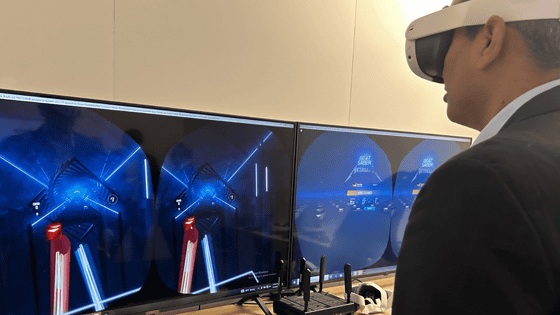
In places like homes and offices where many devices such as smartphones, PCs, and game consoles connect to Wi-Fi at the same time, data congestion is likely to occur. This congestion can be fatal, especially in mixed reality (MR), where communication delays impair the user experience. Semiconductor manufacturer Qualcomm and Meta's MR division, Reality Lab, have demonstrated the technology of ' Dragonwing Service Defined Wi-Fi ,' which eliminates Wi-Fi congestion on MR devices.
How Meta and Qualcomm are showcasing the future of MR connectivity with Wi-Fi optimizations | Qualcomm
Qualcomm Dragonwing™ Service Defined Wi-Fi
https://www.qualcomm.com/products/internet-of-things/networking/wi-fi-networks/service-defined-wi-fi
Some mixed reality (Mixed Reality) apps run locally in a standalone headset without needing to be connected to a PC, while others rely on a PC or cloud servers for processing-intensive tasks.
When the game's rendering is processed by the PC and the image is sent to the headset via Wi-Fi, the quality of the Wi-Fi connection greatly affects the MR experience. If the latency is large, a lag occurs between the user's movements and the image, which reduces the sense of immersion. In addition, sufficient communication bandwidth is essential for smooth streaming of high-resolution images.
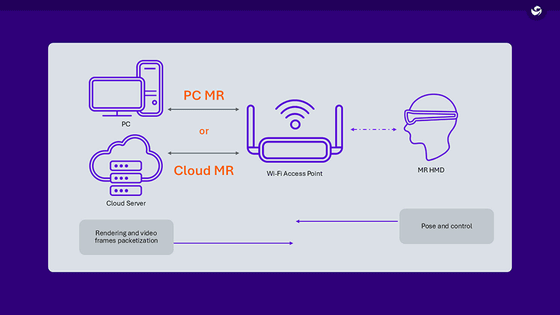
In environments where multiple Wi-Fi devices are connected simultaneously, such as in homes and offices, congestion occurs due to competition for network resources, leading to increased latency and packet loss. What is important here is Wi-Fi
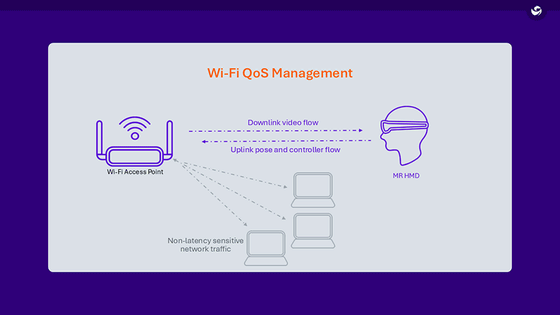
Dragonwing Service Defined Wi-Fi, developed by Qualcomm, enables access points to recognize application types and prioritize, manage queues, and dynamically allocate wireless resources to ensure the QoS required for each communication, ensuring user satisfaction even in congested environments.
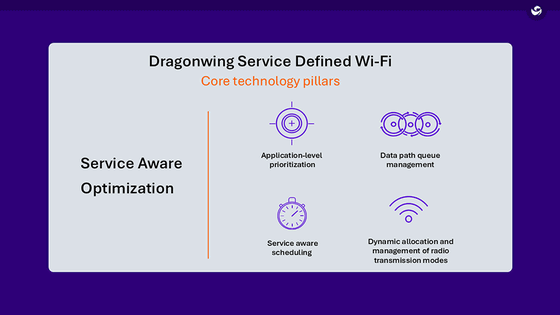
In a joint demonstration experiment conducted by Qualcomm and Meta Reality Lab, multiple Meta Quest 3s equipped with Qualcomm's XR chip, Snapdragon XR2 Gen 2, and an access point with Dragonwing Service Defined Wi-Fi were used. Two Meta Quest 3s were connected to a PC at the same time to play MR games, and other communications were intentionally generated to reproduce a situation where the network was congested, and the video bitrate and latency were compared and measured with and without QoS management.
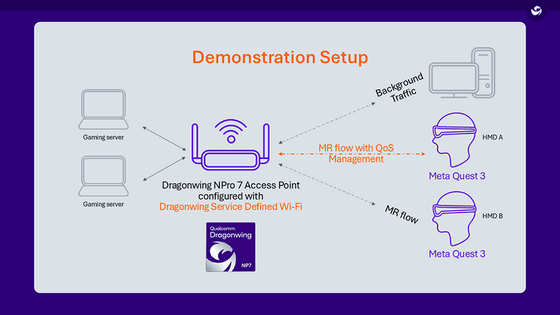
The results showed that by applying QoS management, particularly in high-load environments where channel utilization reached 75%, video bitrates were improved by 100% and downlink transmission delays were reduced by up to 35%, demonstrating remarkable improvements.

Qualcomm said, 'Dragonwing Service Defined Wi-Fi is available as a technology that equipment manufacturers and service providers can integrate into their Wi-Fi 7 platforms to help deliver superior mixed reality experiences,' and emphasized that the technology demonstration showed that QoS management can significantly improve user experience even in congested network environments such as homes and businesses.
Related Posts:







